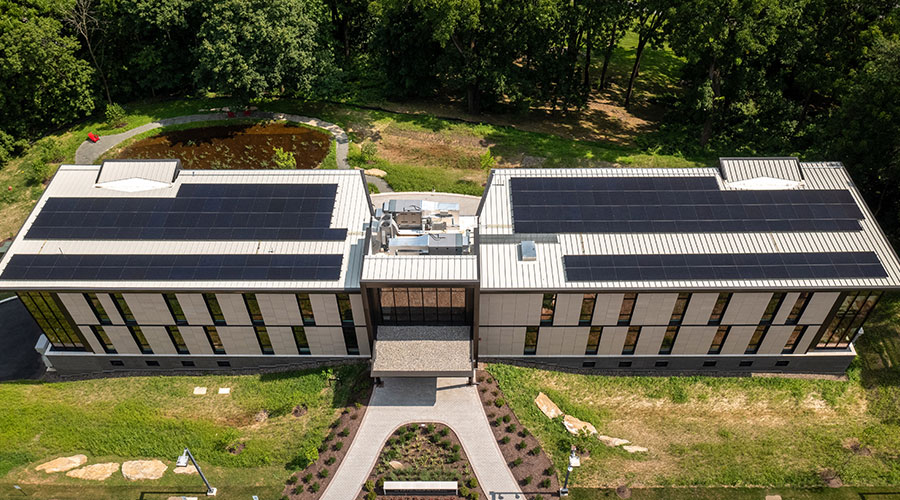Work Lifts Deliver Efficiency and Productivity
From relamping a gymnasium to repairing building facades, maintenance and engineering departments rely on aerial work platforms to carry out projects in hard-to-reach areas. To make smart, cost-effective decisions in the use of these products — whether via purchase, rental, or lease — managers have a number of strategies at their disposal.
By better understanding these strategies— including grouping tasks, providing proper training, and planning for staffing needs — managers can maximize the investment in lift equipment and ensure front-line technicians complete their projects safely and cost-effectively.
Grouped activities
Managers can begin to maximize a department's investment in a particular piece of lift equipment by grouping similar maintenance tasks.
For short-term, intermittent needs, renting equipment often is a more cost-effective option than leasing or buying. In the latter two cases, the equipment might be idle for long periods. Daily rental rates can be high, so it makes sense to group tasks to fully utilize the equipment while paying the higher rate for a shorter period.
Before making the decision to rent the equipment, managers should conduct a survey to assess the type and amount of work technicians must perform. Sources of information for the survey include annual schedules of preventive maintenance, work requests, and codes and regulations.
Tasks requiring a lift include: cleaning scuppers, collectors, and downspouts; cleaning; repairing roofs; washing, sealing and caulking windows; pressure washing sidewalks; relamping parking lots; cleaning and repairing exterior insulation finishing systems; tuck pointing bricks; and cleaning electrical switchgears.
After compiling a list of grouped tasks technicians can perform during the rental period, managers next need to examine the work plans for these jobs, noting the locations, tools, equipment, materials, and safety issues involved with the jobs. With this information, a maintenance planner can determine, for example, the lift's platform size, capacity, height, reach, type, and accessories to minimize frequency of moving the platform during the job. They must consider the height, as well as the reach from the nearest ground or floor access points, and they must answer these questions:
- Will the lift fit through doorways?
- Do ground and floor sites require pneumatic, rather than solid, tires?
- What accessories do technicians need?
- How much space is there on the platform for personnel, lamp holders, tools and equipment, and electric or pneumatic services for all the jobs?
Related Topics:









